Half bridge, half home: Wallmakers’ latest project takes architecture to daring new heights
Hovering above a forest stream in Maharashtra, Bridge House pushes the limits of engineering and eco-conscious design

Indian architecture practice Wallmakers is known for setting itself improbable tasks – from creating a subterranean home on a rockface (Chuzhi House), to building a residence using 6,200 discarded toys. So it is no surprise that, when asked to design a home and bridge to connect two parcels of farmland for a client in Karjat, Maharashtra, he should suggest combining the two. The result is Bridge House, an inhabitable 100ft suspension bridge that hovers above a spillway from a dam, its thatch and mud cladding making it disappear into the landscape.
‘If I learned one lesson from this project, it is “Beware of tackling bridges”,’ founder Vinu Daniel says with a laugh. ‘But these challenges are what get me up in the morning.’ Merging bridge and home was also prudent for the client. ‘It saved them money and reserved more land for farming.’
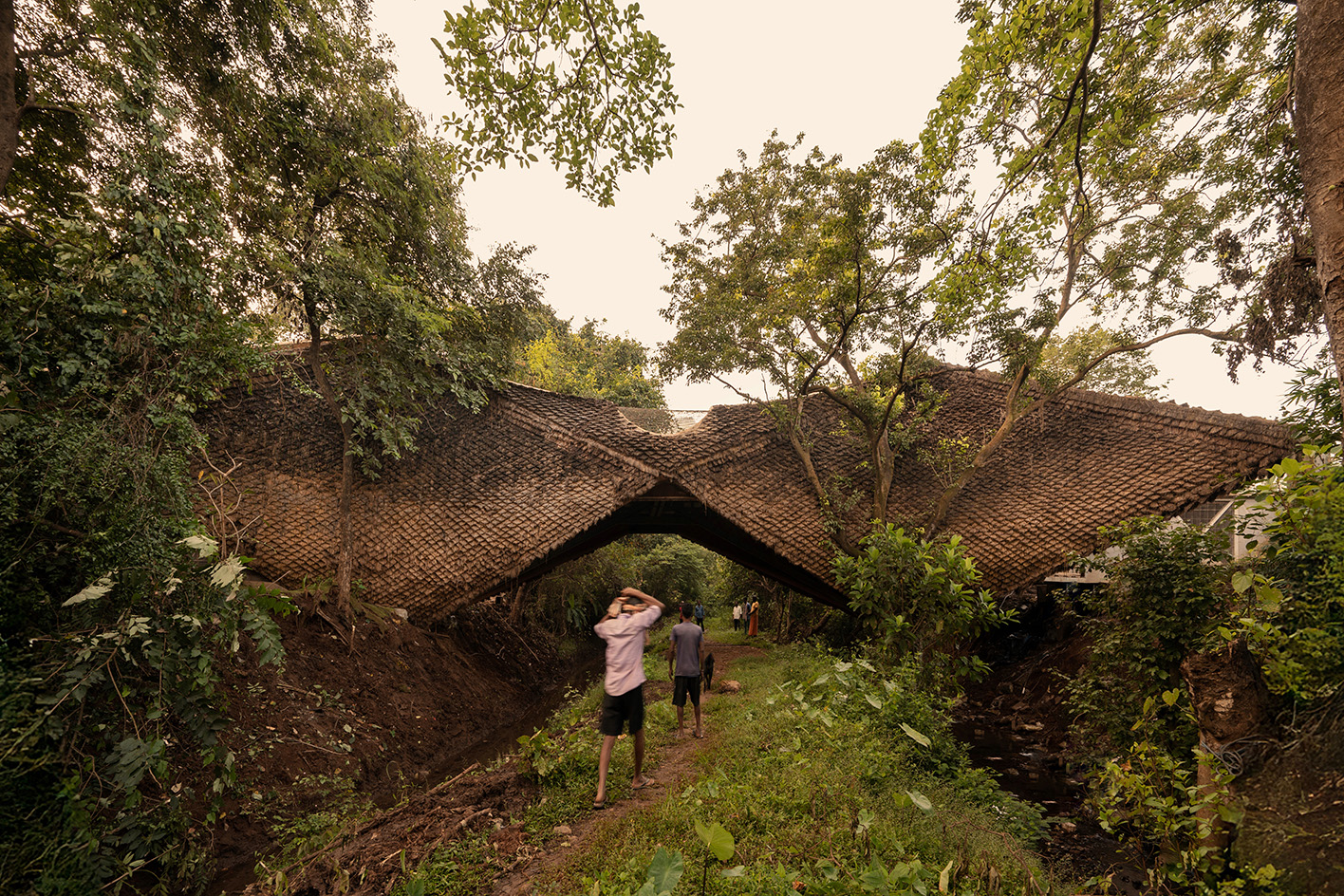
Constraints often give rise to ingenuity and here, they were plentiful. The foundations couldn’t rest within the 100ft width of the spillway; there needed to be enough clearance for a JCB to clean the stream beneath; and Wallmakers wanted to use local materials – following Gandhi’s principle that the ideal house should be built with those from a five mile radius – but the only abundant local option was grass. Added to this, it wished to avoid using a central pillar, which usually holds most of the weight of a bridge, as this would dissect the core of the house.
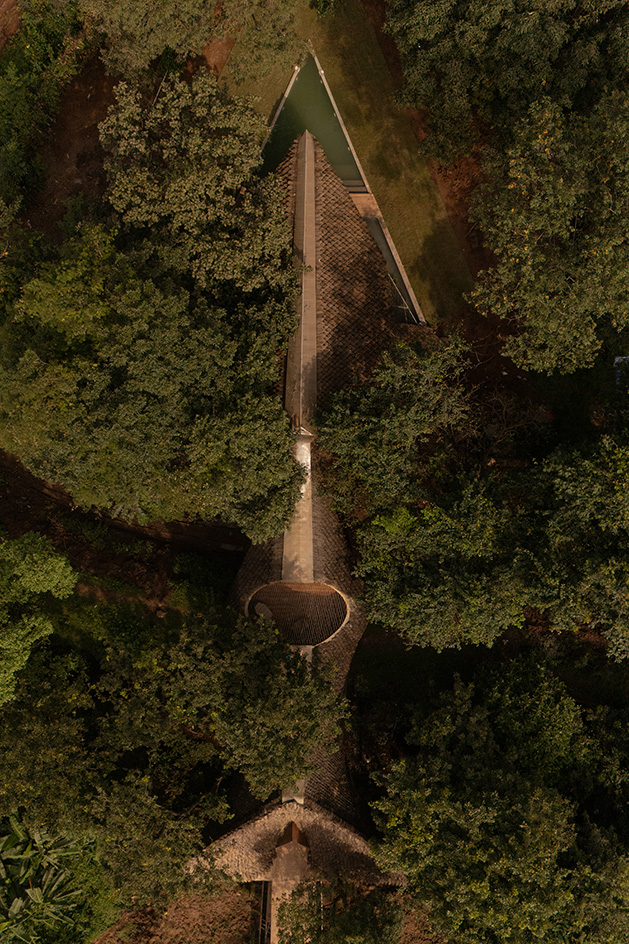
Its response was to create four hyperbolic paraboloids – double-curved surfaces that resemble saddles – using minimal steel pipes and tendons to give the structure tensile strength. Positioned on their sides in pairs towards each end of the bridge, and supported by poles in the water, these saddles form voids for living spaces.
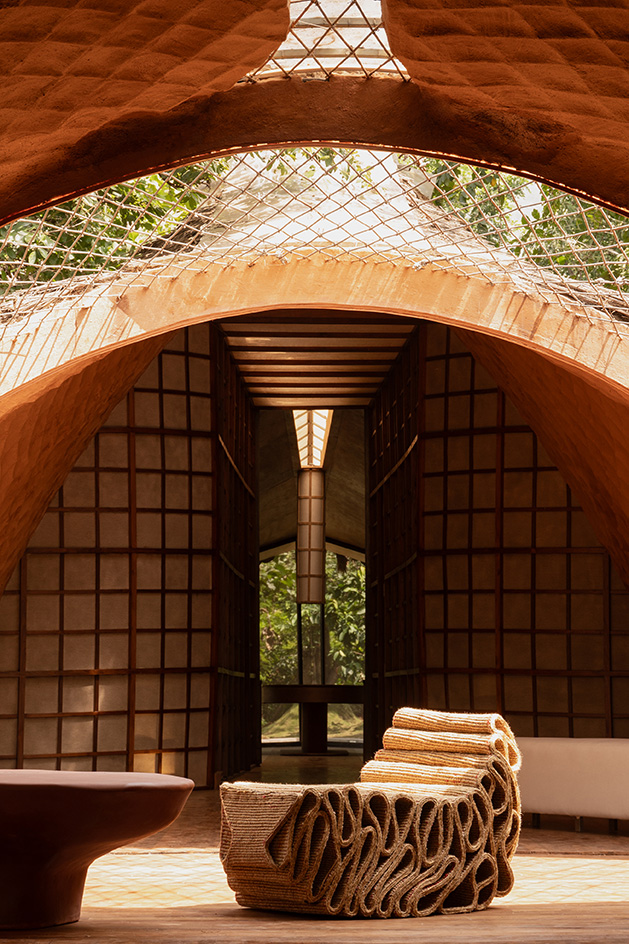
But the poles and tendons weren’t enough: Wallmakers needed to add compression strength. The practice is known for its Debris Wall construction, combining earth with all manner of waste, but this time it looked to straw. ‘I’d always known I’d try thatching one day but I was looking for the right project,’ says Daniel. Like in many parts of the world, thatching has declined in the region but it has not entirely vanished. ‘We had to become students again,’ he adds. A composite of thatch and mud would provide the requisite strength for the house’s shell, while the latter would stop animals from burrowing into the straw – a perennial problem in the area.
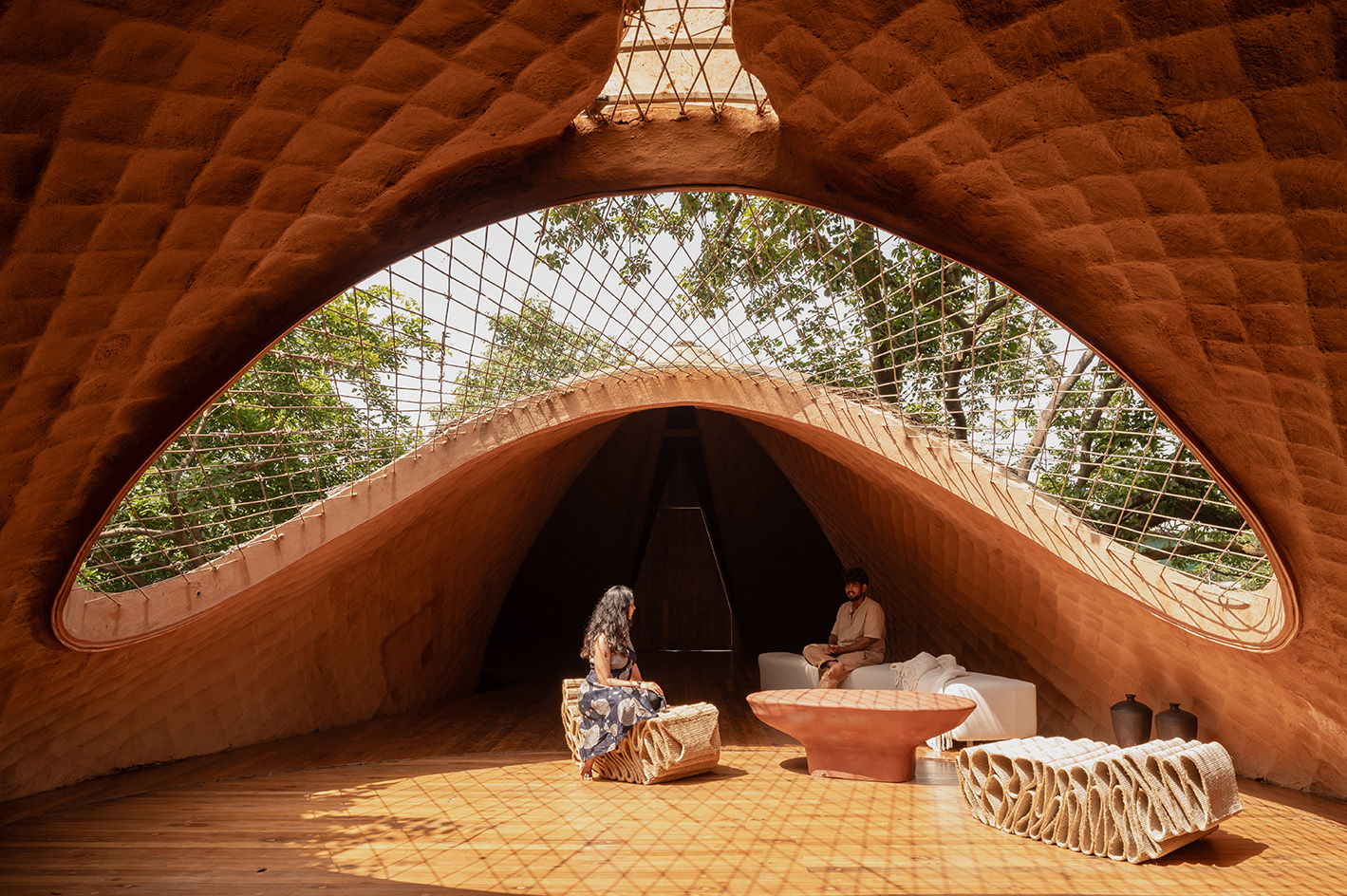
Trying to thatch double curves, however, is no easy feat, particularly because it gives water a chance to penetrate from both sides. ‘First we looked at fish scales, then we hit upon pangolin scales, which move as the animal moves,’ Daniel explains. ‘We did a few tests with thatch and mud scales and they worked. The scales allow movement, while ensuring water can’t get through.’ Used for the underside of the house too, they give it the appearance of a suspended cocoon amid the forest and, as with many of Wallmakers’ material choices, they also camouflage the building within its surroundings. Meanwhile, the lightweight structure just has four footings, for minimal intrusion on the landscape.
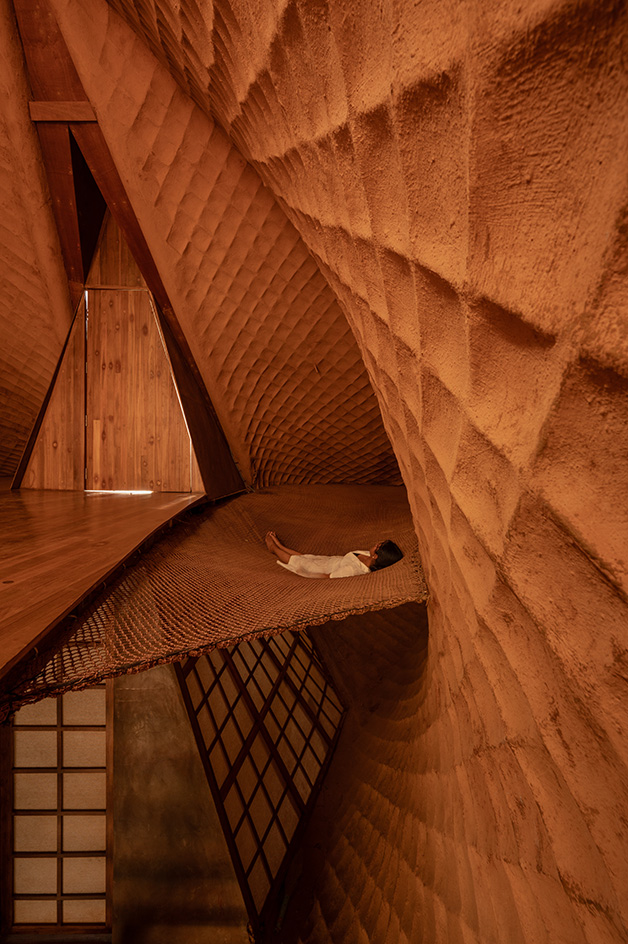
Visitors enter on the upper floor of the house, which holds two bedrooms, bathrooms and a kitchen and dining area at one end, overlooking a triangular-shaped pool. At the core of the bridge is a living area, decked in reclaimed wood from the shipping industry (Daniel allows more mileage leeway for reclaimed materials). It’s a space where the inhabitants can enjoy the elements: an open oculus above allows rain water to pour through the building’s heart, running through holes in the floor to the stream below. They can also relax on chairs made from folded carpets with fibres made from PET bottles and abandoned fishing nets, which Wallmakers will soon launch as a collection in collaboration with a carpet company. Meanwhile the lower level holds two further bedrooms, including the master, which has expansive glazing overlooking the surrounding forest.
Receive our daily digest of inspiration, escapism and design stories from around the world direct to your inbox.
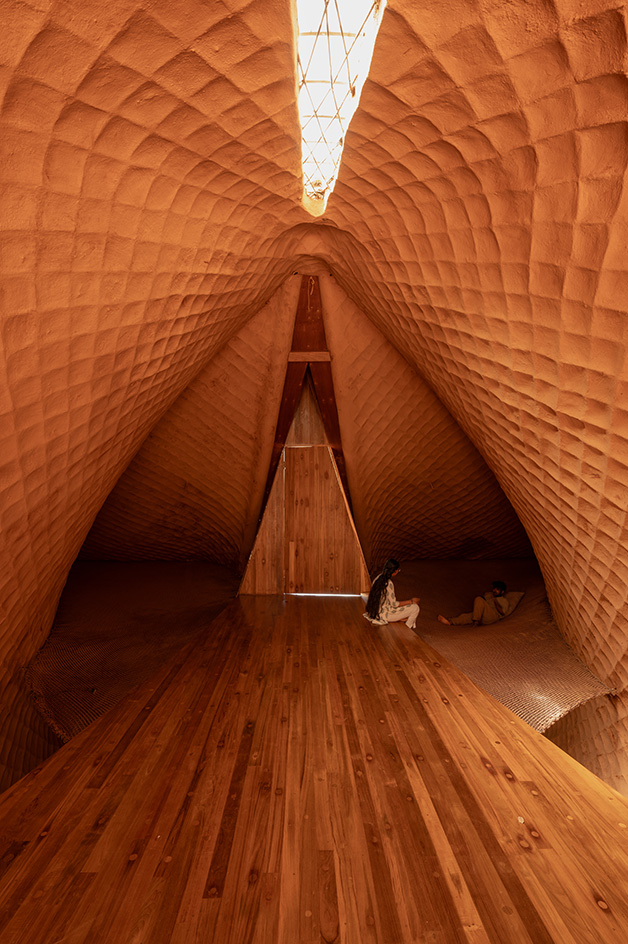
Daniel has developed a close-knit construction team of masons, welders and craftspeople, who he works with from project to project and this stretched their skills to the max. ‘The steel ropes were made by people I’ve been working with for 15 years and my welders are now in the second generation. Challenging projects like these create a lot of memories for us. We crossed the bridge together.’
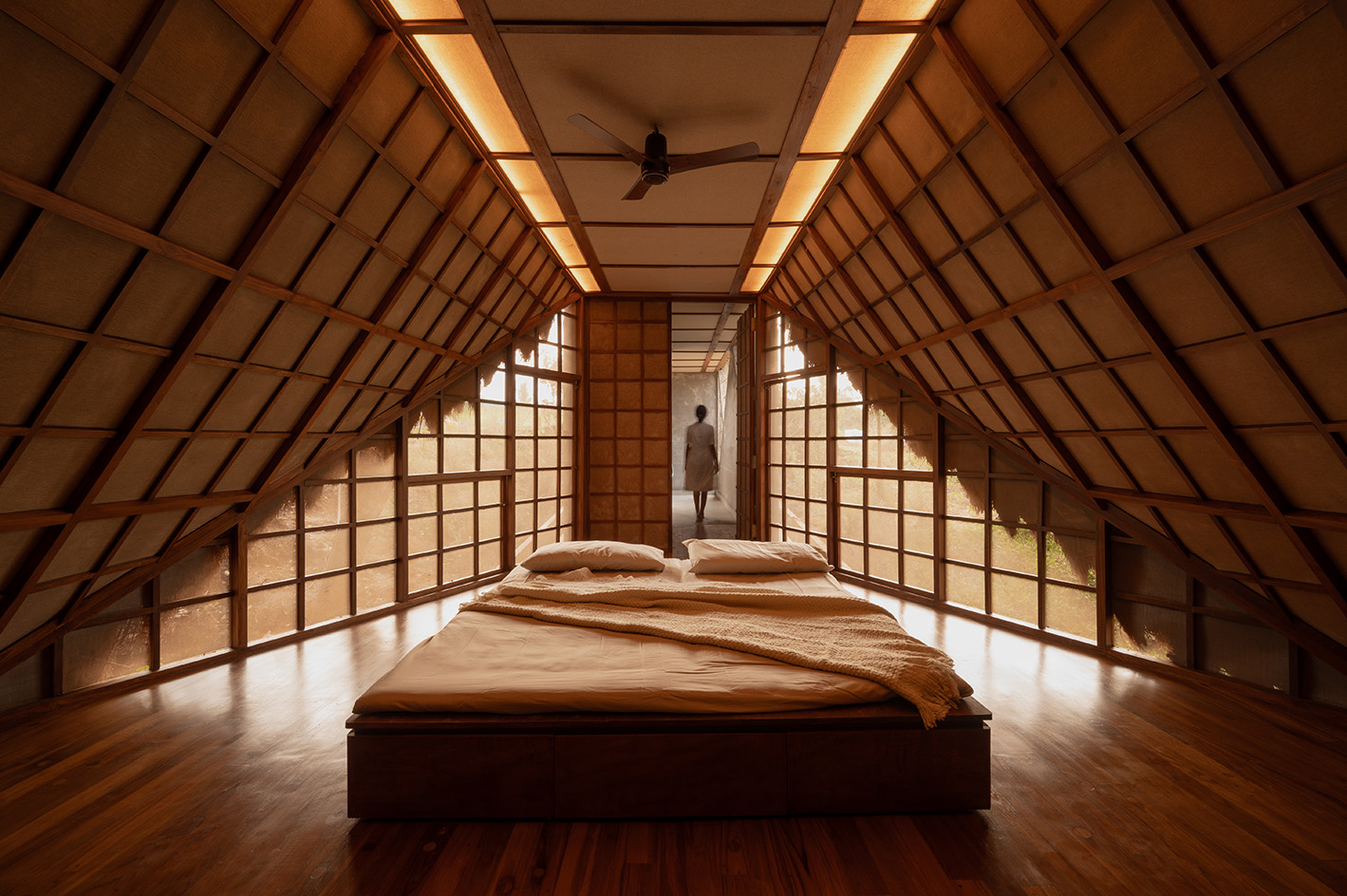
Malaika Byng is an editor, writer and consultant covering everything from architecture, design and ecology to art and craft. She was online editor for Wallpaper* magazine for three years and more recently editor of Crafts magazine, until she decided to go freelance in 2022. Based in London, she now writes for the Financial Times, Metropolis, Kinfolk and The Plant, among others.
-
 Year in review: the shape of mobility to come in our list of the top 10 concept cars of 2025
Year in review: the shape of mobility to come in our list of the top 10 concept cars of 2025Concept cars remain hugely popular ways to stoke interest in innovation and future forms. Here are our ten best conceptual visions from 2025
-
 These Guadalajara architects mix modernism with traditional local materials and craft
These Guadalajara architects mix modernism with traditional local materials and craftGuadalajara architects Laura Barba and Luis Aurelio of Barbapiña Arquitectos design drawing on the past to imagine the future
-
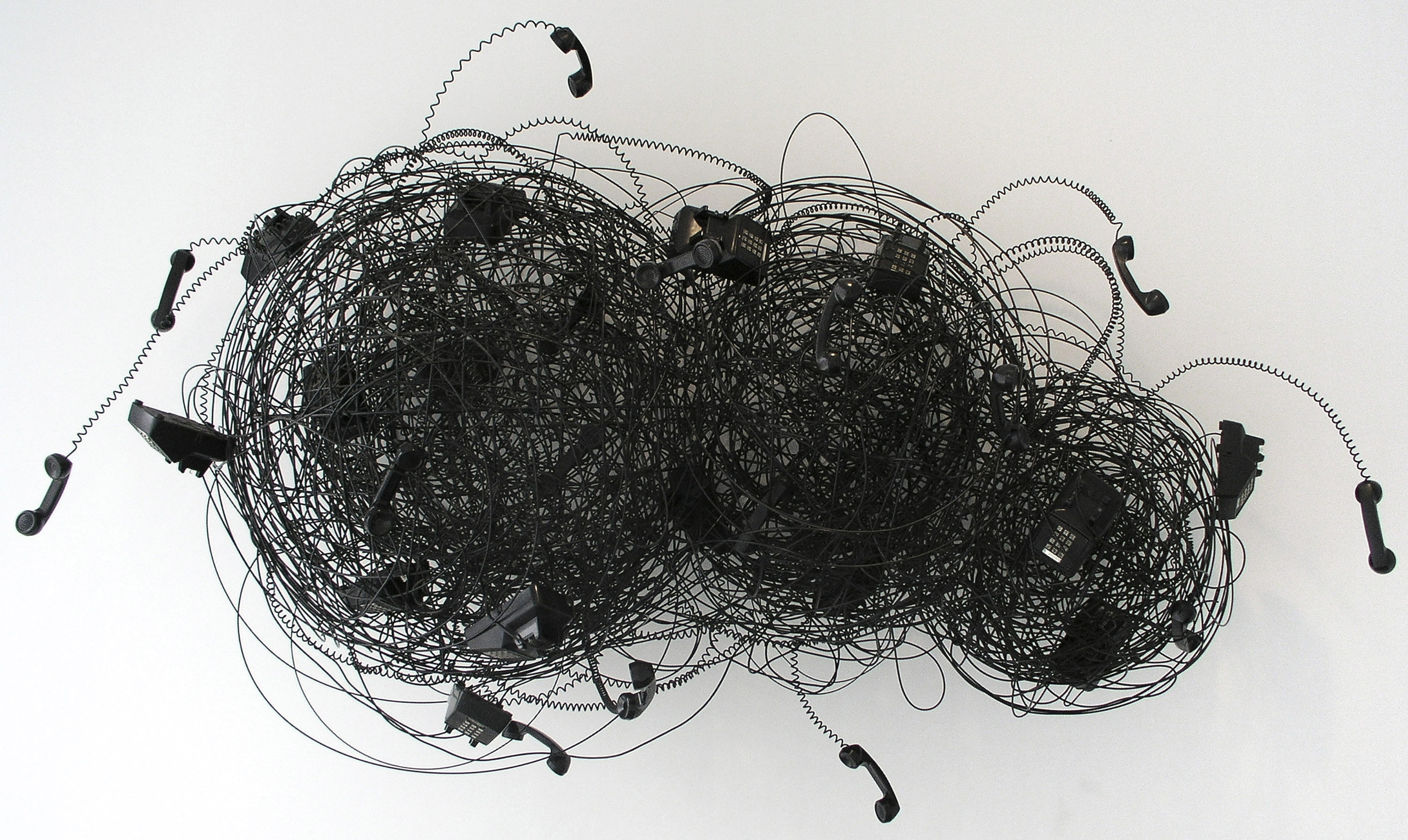 Robert Therrien's largest-ever museum show in Los Angeles is enduringly appealing
Robert Therrien's largest-ever museum show in Los Angeles is enduringly appealing'This is a Story' at The Broad unites 120 of Robert Therrien's sculptures, paintings and works on paper
-
 A day in Ahmedabad – tour the Indian city’s captivating architecture
A day in Ahmedabad – tour the Indian city’s captivating architectureIndia’s Ahmedabad has a thriving architecture scene and a rich legacy; architect, writer and photographer Nipun Prabhakar shares his tips for the perfect tour
-
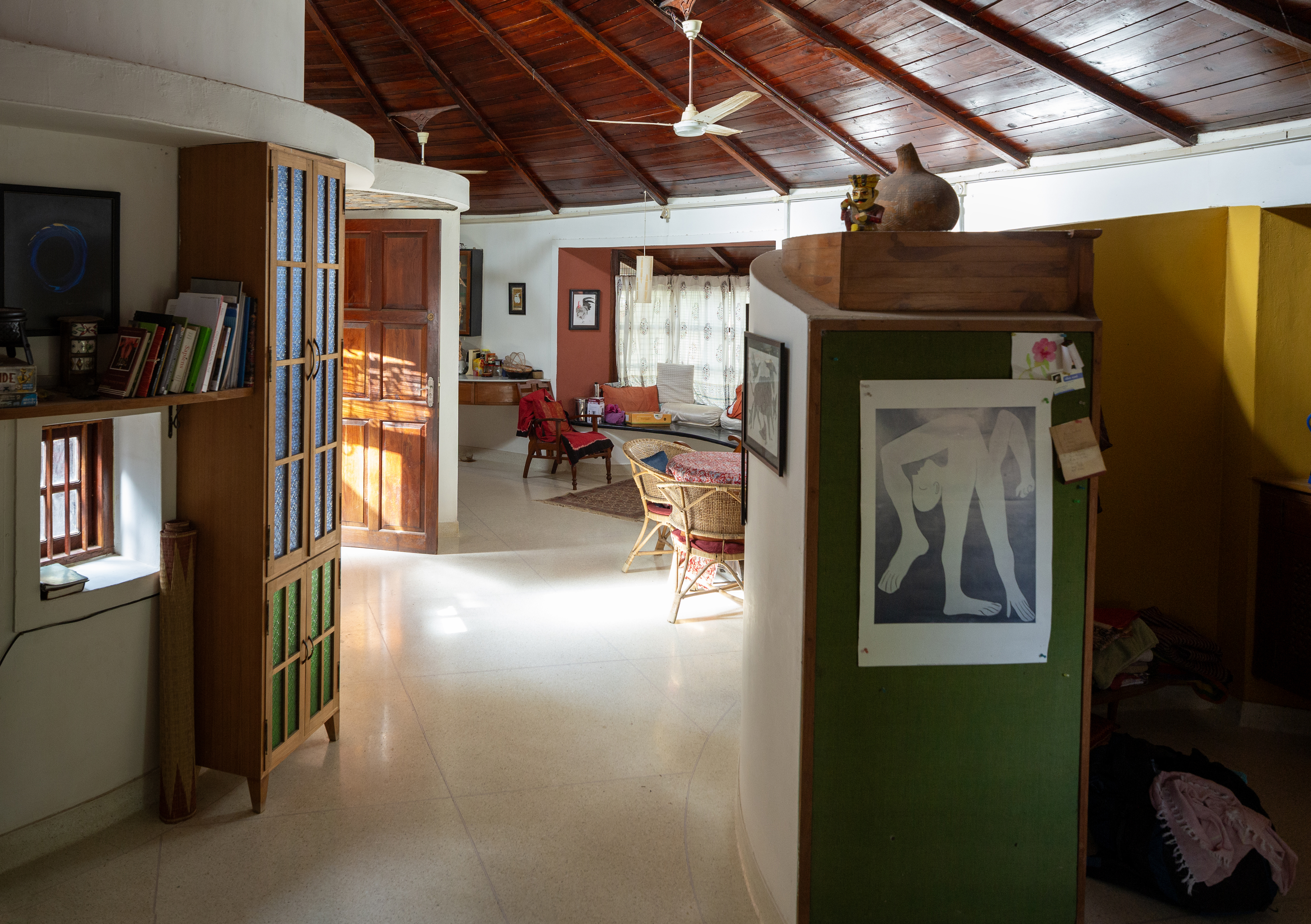 Inside a creative couple's magical, circular Indian home, 'like a fruit'
Inside a creative couple's magical, circular Indian home, 'like a fruit'We paid a visit to architect Sandeep Virmani and social activist Sushma Iyengar at their circular home in Bhuj, India; architect, writer and photographer Nipun Prabhakar tells the story
-
 The Architecture Edit: Wallpaper’s houses of the month
The Architecture Edit: Wallpaper’s houses of the monthFrom wineries-turned-music studios to fire-resistant holiday homes, these are the properties that have most impressed the Wallpaper* editors this month
-
 A refined Indian country residence reimagines the farmhouse
A refined Indian country residence reimagines the farmhouseSet among Karnataka’s rolling fields and forest, House by the Grove by Taliesyn Design & Architecture combines modern materials with an open approach to the elements
-
 The Architecture Edit: Wallpaper’s houses of the month
The Architecture Edit: Wallpaper’s houses of the monthFrom Malibu beach pads to cosy cabins blanketed in snow, Wallpaper* has featured some incredible homes this month. We profile our favourites below
-
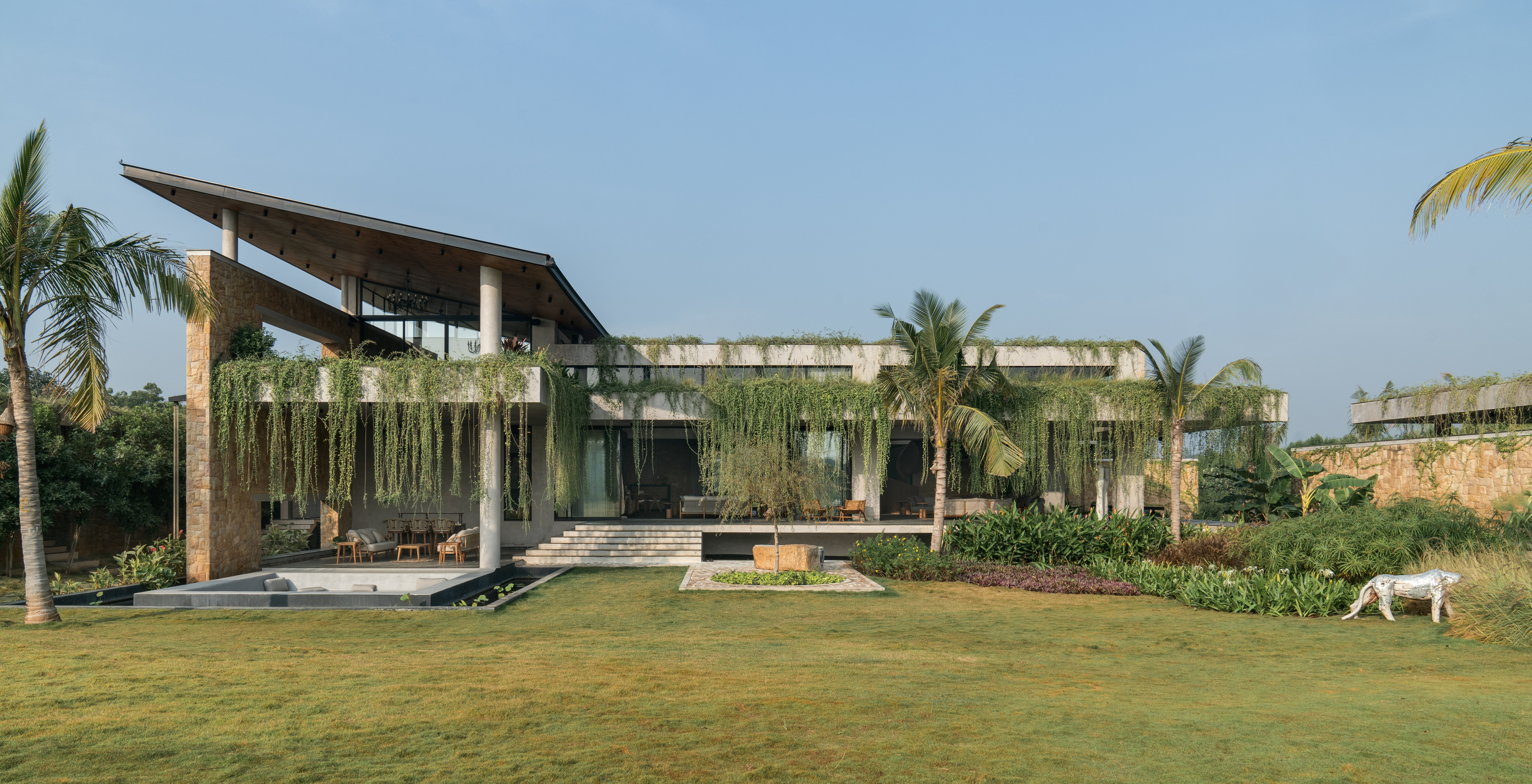 Cascading greenery softens the brutalist façade of this Hyderabad home
Cascading greenery softens the brutalist façade of this Hyderabad homeThe monolithic shell of this home evokes a familiar brutalist narrative, but designer 23 Degrees Design Shift softens the aesthetic by shrouding Antriya in lush planting
-
 A lush Bengaluru villa is a home that acts as a vessel for nature
A lush Bengaluru villa is a home that acts as a vessel for natureWith this new Bengaluru villa, Purple Ink Studio wanted gardens tucked into the fabric of the home within this urban residence in India's 'Garden City'
-
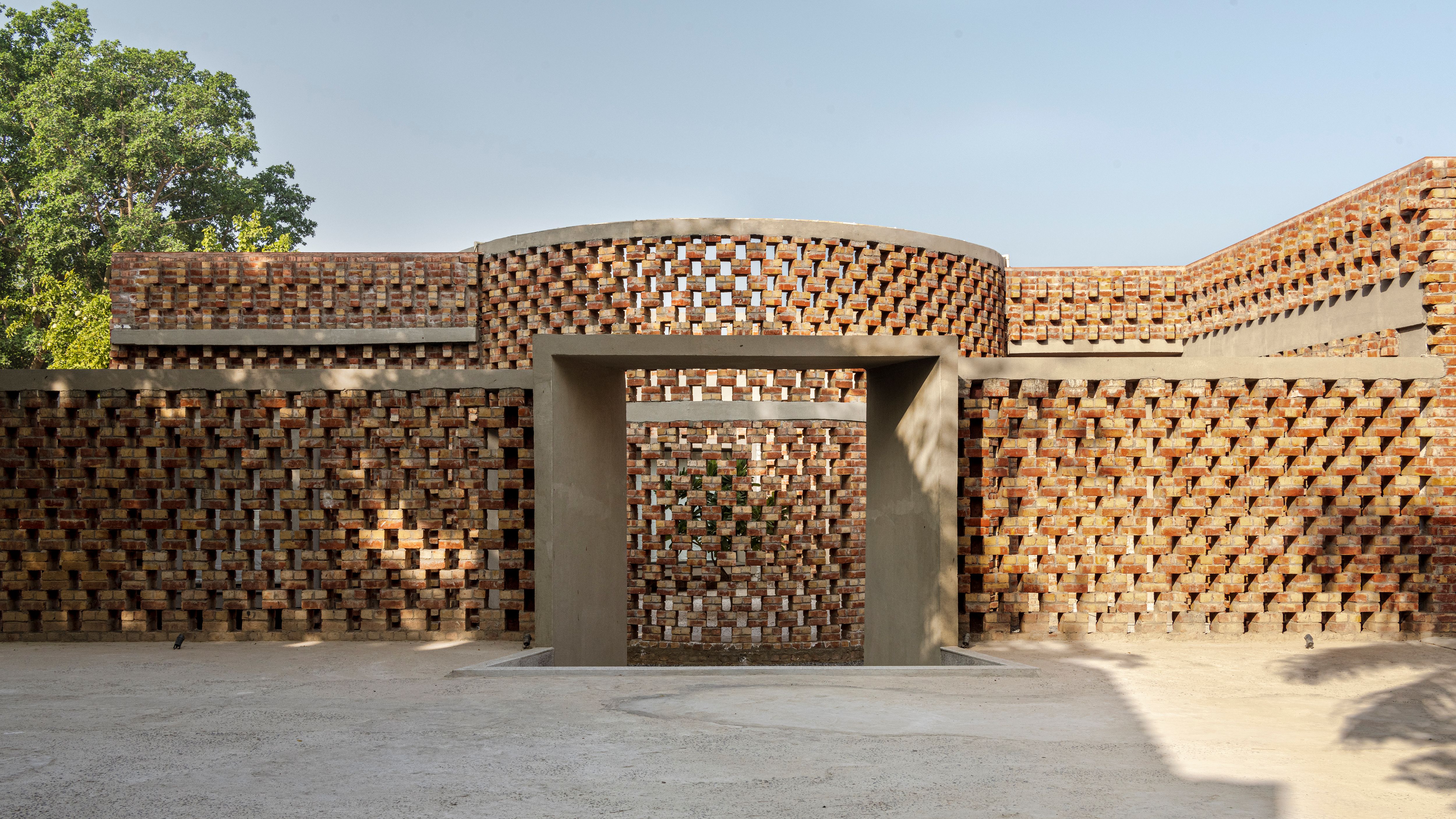 Brick by brick, a New Delhi home honours India’s craft traditions
Brick by brick, a New Delhi home honours India’s craft traditionsRLDA Studio's Brick House works with the building block's expressive potential to create a dynamic residence with a façade that reveals patterns that change with the sun and shadows